Gardeners often ponder the speedy resurrection of brown grass, yearning for the return of lush, vibrant lawns. The allure of green grass is undeniable, and reviving brown patches need not remain a mystery – provided you arm yourself with the right knowledge.
We’ve gathered all the essential information to help you transform your brown grass into a thriving oasis. By following these straightforward steps, you can rejuvenate your lawn with the confidence of a seasoned expert.
Reviving Brown Grass: A Comprehensive Guide
Before delving into the specifics of transforming brown grass into a verdant wonderland, it’s crucial to consider various factors that impact your lawn’s health. Understanding these factors is the first step to comprehending why your grass may be turning brown despite your best efforts.
1. Diversify Your Grass Selection
Opt for a variety of grass types to create a more adaptable turf. Incorporating two or more types of grass not only enhances your lawn’s visual appeal but also bolsters its resilience, reducing the risk of browning due to a single grass type’s susceptibility. Moreover, tailor your grass seed choices to match the sunlight levels in different areas of your lawn, ensuring uniform growth.
2. Employ the Right Tools and Techniques
Effective lawn care demands the use of proper tools and techniques. Adjust your mowing habits by maintaining a grass blade height of approximately four inches during summer, mowing less frequently, and scheduling early-morning sessions. Whether you prefer a motorized or manual mower, ensure it suits your specific needs.
3. Master the Art of Correct Watering
Optimal watering practices involve early-morning irrigation to take advantage of cooler temperatures. Watering before nine or ten in the morning allows the soil and grass to absorb moisture before the sun’s heat triggers evaporation. Alternatively, late-afternoon watering between four and six in the evening can also be effective. Ensure that the top six to eight inches of soil receive adequate moisture, adjusting your watering frequency based on your local climate.
4. Fertilize Wisely
Selecting the right type and amount of fertilizer can make a significant difference in your grass’s health and color. Organic fertilizers like compost, animal manure, and rock phosphate promote overall soil and grass health. Inorganic fertilizers, on the other hand, provide essential minerals like nitrogen, potassium, and phosphorus. Carefully follow manufacturer instructions, particularly when using inorganic fertilizers, as excessive application can lead to chemical burns, exacerbating grass browning.
5. Maintain a Weed-Free, Pest-Free Lawn
Maintaining the appropriate blade height for your grass helps keep weeds and pests at bay. Regularly inspect for unwanted invaders, though maintaining a four-inch blade height can reduce the risk of infestations. If you have pets, designate an area for their waste, as urine, containing urea, can harm plants and grass. Periodic lawn aeration is essential, especially in areas with thatch buildup, allowing water and nutrients to penetrate the soil.
6. Assess Your Soil and Grass Compatibility
Sometimes, brown grass results from soil issues or mismatched grass types. Ensure your soil suits your chosen grass variety and vice versa. You may need to resod or replace sections of your lawn, but make informed selections tailored to your region and lifestyle.
Understanding Your Grass
Grass isn’t just grass; there are numerous varieties to consider. The type of grass you have can greatly affect its appearance and resilience. Let’s explore grasses ideal for different climate zones:
Explore the World of Grass Varieties
Bahiagrass: A Champion of Resilience
Bahiagrass stands as a resilient emblem, renowned for its unwavering tolerance to both drought and scorching heat. This hardy grass variety thrives where others falter, showcasing a unique ability to flourish even in challenging conditions. Bahiagrass, including notable variants like Bahiagrass Pensacola and Bahiagrass Argentine, requires minimal maintenance and maintains a low profile in your lawn.
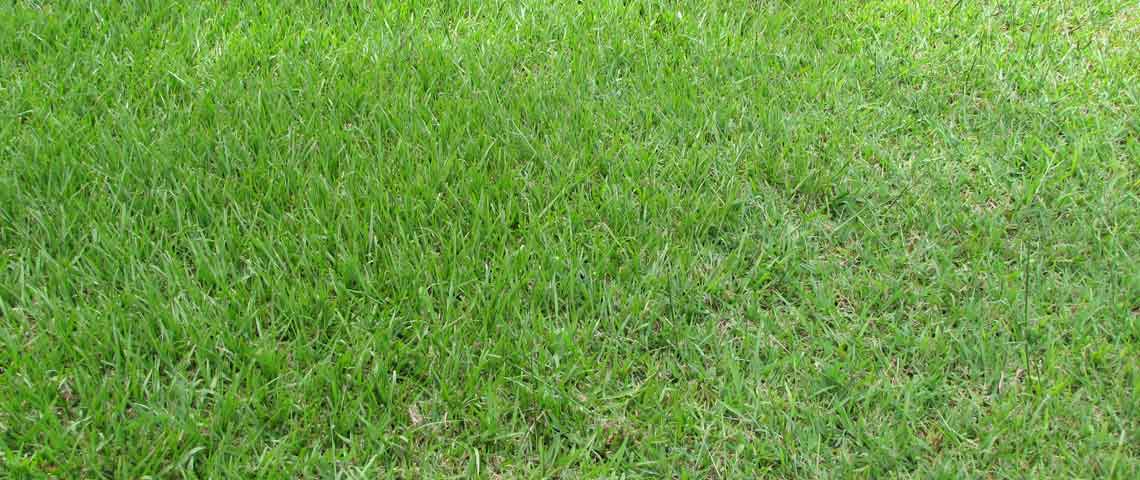
Bermuda Grass: A Green Carpet of Endurance
Among the top-selling lawn grasses, Bermuda grass reigns supreme for its dense and luxurious coverage. Widely employed in gardens, golf courses, and pastures, this grass variety boasts remarkable durability and rapid growth. Its distinctive leaves make it easily identifiable, and it remains a favorite among homeowners seeking a low-maintenance yet visually stunning lawn option. Moreover, Bermuda grass can endure certain levels of cold, enhancing its versatility.
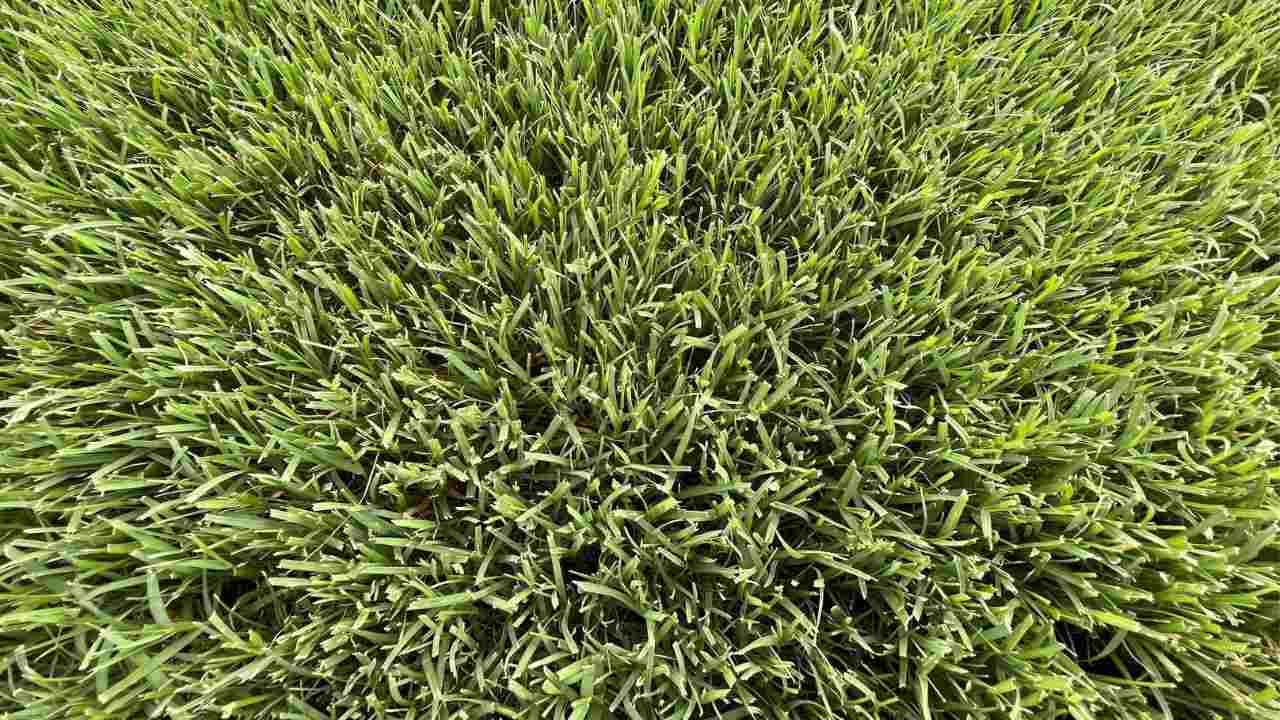
Carpet Grass: Nature’s Tenacious Turf
Carpet grass, sometimes spelled as carpetgrass, proves its mettle as a warm-season grass, effortlessly spreading across numerous lawns. Its adaptability shines in challenging conditions where other grass types struggle to thrive. Whether as turf or lawn grass, carpet grass demonstrates a remarkable ability to flourish where others falter.
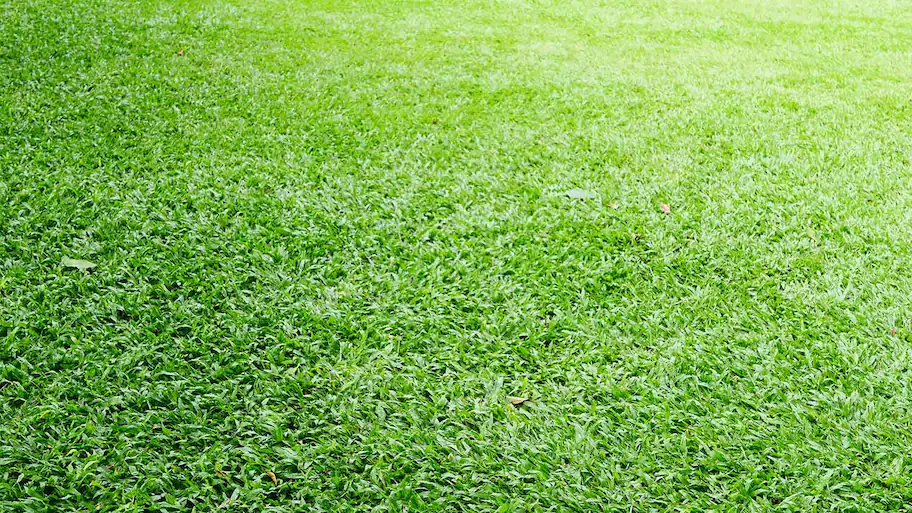
Centipede Grass: Heat-Tolerant Marvel
Centipede grass has earned acclaim for its extraordinary heat tolerance and minimal maintenance requirements. While it grows at a more measured pace compared to other warm-season grasses, this characteristic hasn’t deterred admirers from embracing it as a reliable turf option. Moreover, centipede grass exhibits a degree of cold hardiness, adding to its allure.
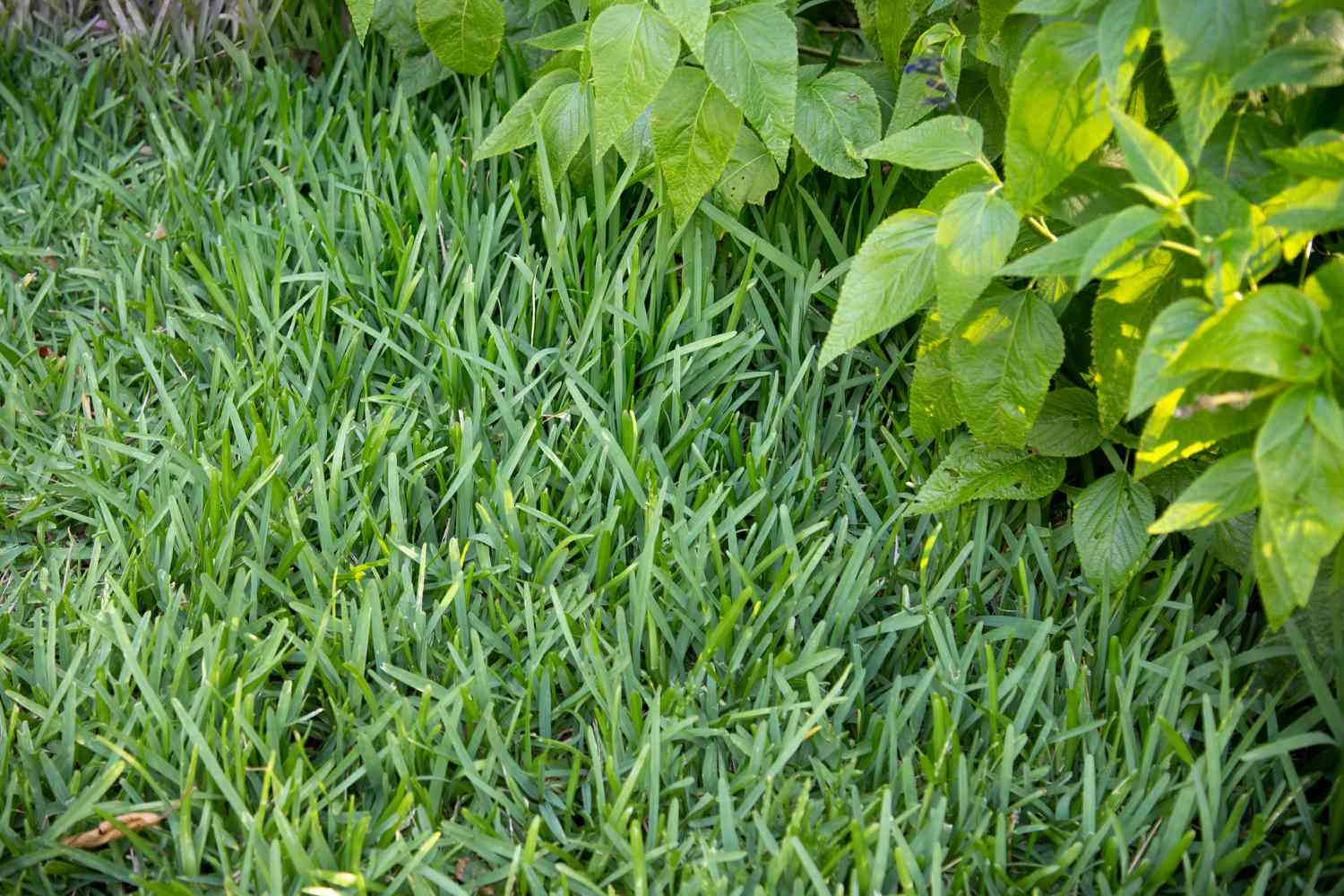
St. Augustine Grass: The Coastal Champion
Known as buffalo turf or buffalo grass in certain regions, St. Augustine grass enjoys popularity as a warm-season grass, particularly in tropical and subtropical areas. Its thick carpet-like growth pattern sets it apart, often outcompeting other grasses and weeds. While it thrives along coastal yards in Florida and the Gulf states due to its salt tolerance, it’s equally resilient in sweltering heat and humidity. However, maintaining St. Augustine grass demands moderate to high levels of care.
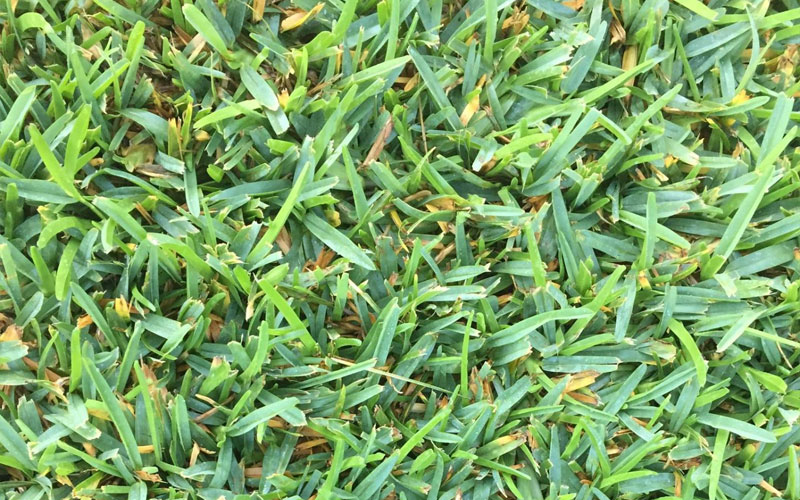
Zoysia Grass: The Resilient All-Rounder
Zoysia grass excels in its ability to withstand both heat and drought, offering dense coverage reminiscent of well-groomed golf courses. Remarkably versatile, it can endure heavy foot traffic and challenging conditions with ease. This grass variety boasts low water requirements and minimal maintenance needs, making it an attractive choice for lawns. While it can tolerate light shade, Zoysia grass thrives in full sun and exhibits a degree of winter hardiness.
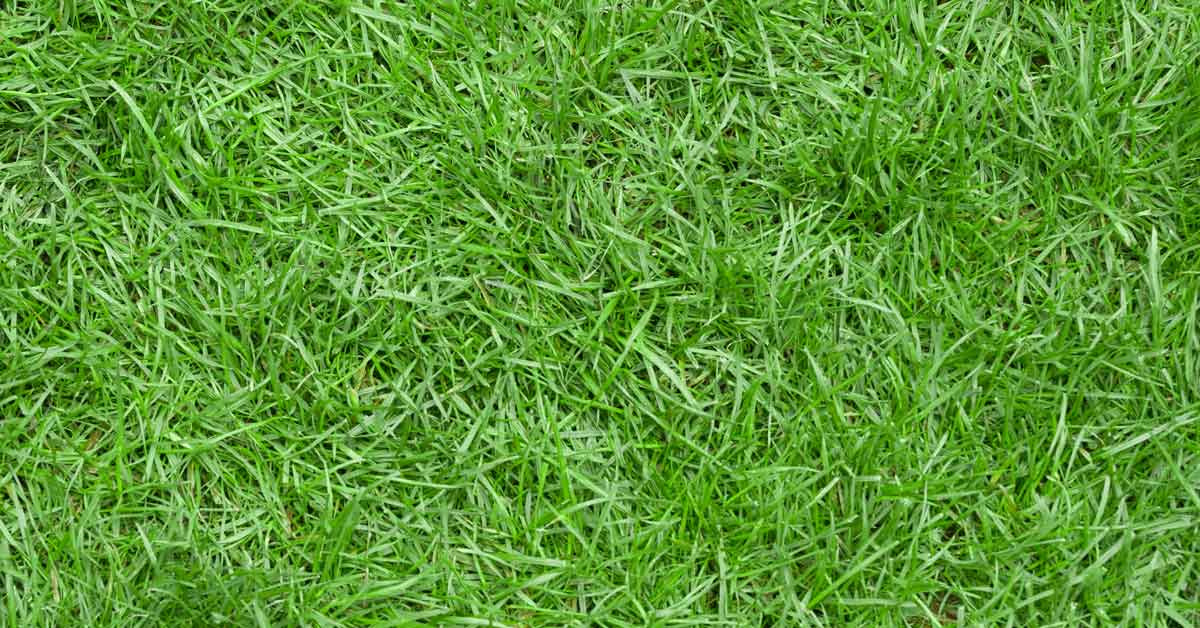
Grasses for Cool Climates: A Glimpse into Temperate Excellence
Cool-season grasses find their prime in temperatures ranging from 65 to 80°F, with peak growth periods during early spring and autumn.
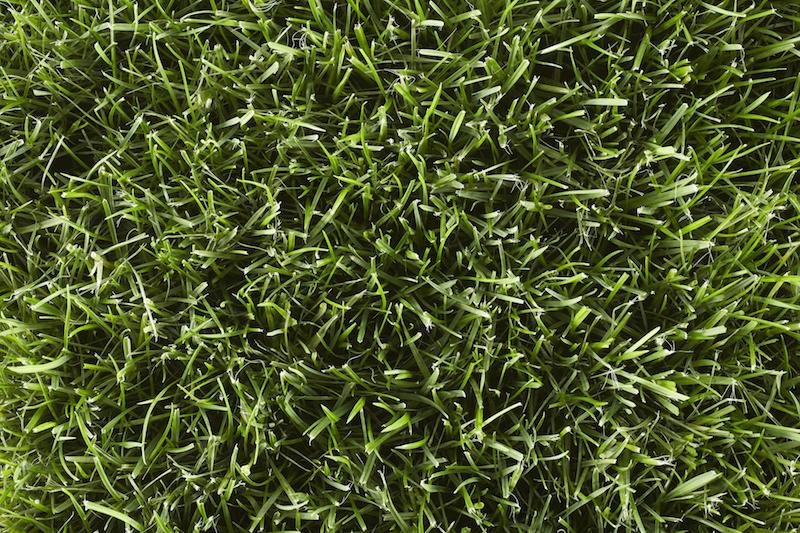
Bentgrass: The Green Carpet of Golf Courses
Creeping bentgrass is a frequent sight on golf courses in temperate regions across the United States. Its popularity extends to putting greens, lawn bowling areas, and tennis courts, with some using it as a forage grass. While it thrives, bentgrass may require some maintenance to remain in pristine condition and can tolerate light frost to a certain extent.
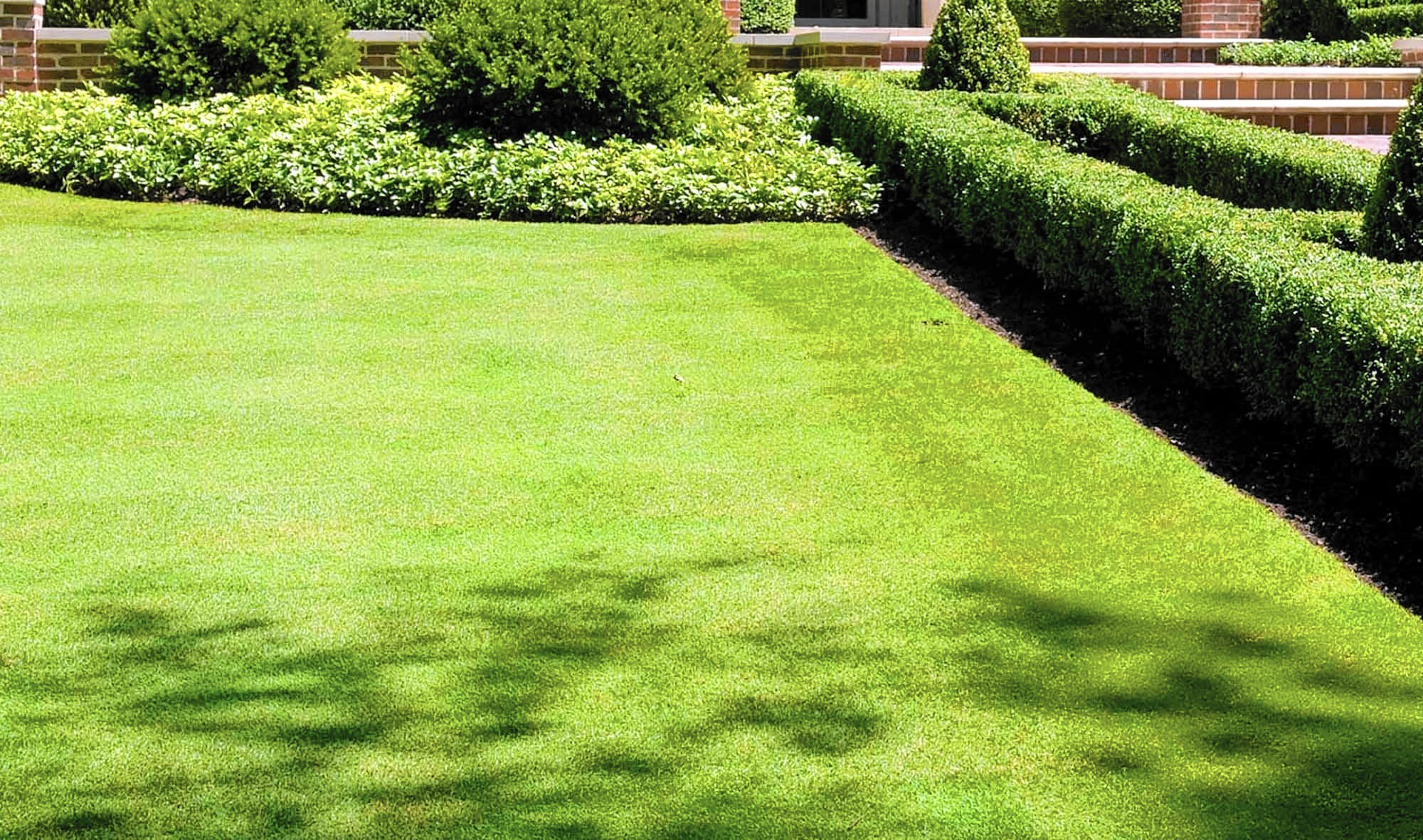
Bluegrass: The Lawn’s Versatile Ally
Various bluegrass species prove highly adaptable for lawn coverage and serve as valuable forage and pasture grasses. While many species thrive in temperate climates, some have acclimatized to warmer conditions, adding to their versatility.
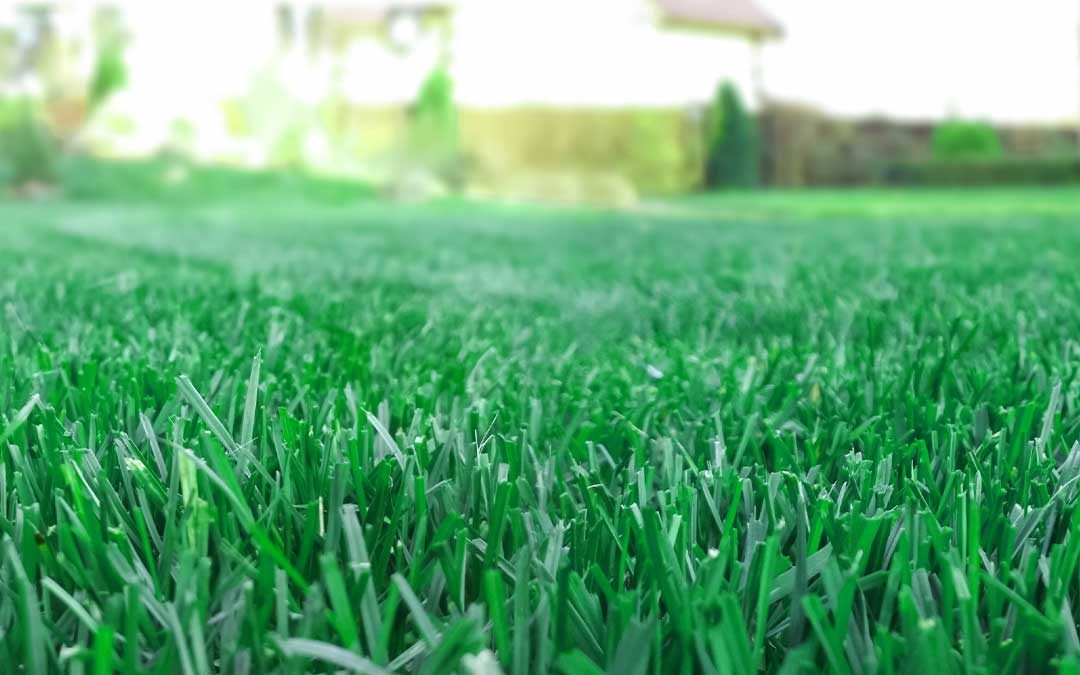
Tall Fescue Grass: Drought-Tolerant and Sturdy
Tall fescue grass stands as a symbol of resilience, excelling in its tolerance to drought and heat. With its coarse-textured dark green foliage, it showcases vigor, adaptability, and resistance to pests and poor soil conditions. It finds extensive use throughout the United States, even adorning the South Lawn of the White House.
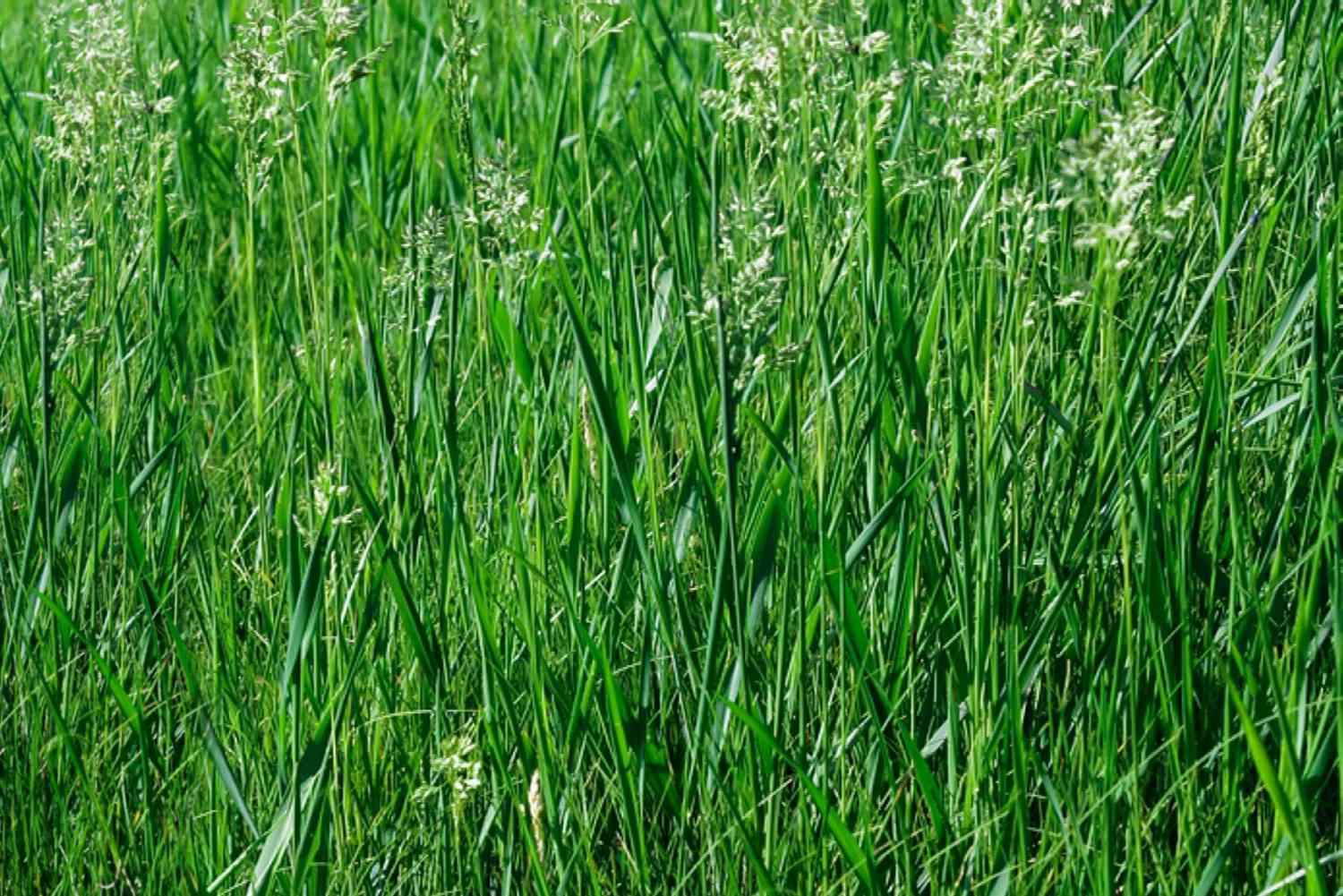
For those residing in transitional climate zones, selecting the right grass variety can make all the difference. Consultation with a grass professional can help you determine the ideal choice for your specific area, ensuring a thriving and picturesque lawn.
Frequently Asked Questions:
Should I rake up brown grass?
Yes, raking removes dead material and allows sunlight to reach new growth, improving appearance and health.
Will grass come back after turning brown from heat?
Yes, with proper care, grass can recover if the roots remain alive.
Can you seed over brown grass to revive it?
It’s not recommended; remove dead material before seeding to ensure good seed-to-soil contact.
In Conclusion
Lush, green lawns are the epitome of summertime enjoyment. Confronted with brown patches, you now possess the knowledge to swiftly rejuvenate your grass.
Remember to:
- Select the right grass for your region and lifestyle.
- Diversify your grass types for resilience.
- Use the appropriate tools and techniques.
- Water according to regional and grass-specific needs.
- Apply fertilizers judiciously and per instructions.
- Maintain a weed-free, pest-free lawn.
With these techniques and tips, your lawn will be a healthy, vibrant green in no time. Soon enough, others will turn to you for guidance in achieving pristine lawns.

